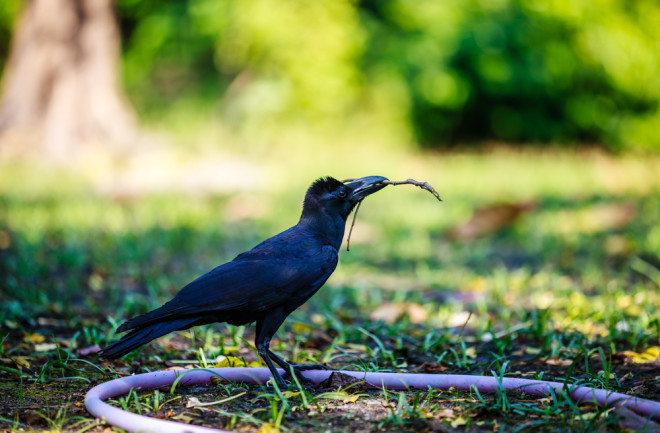We’ve long known that crows exhibit extraordinary intelligence. These birds — along with ravens, jays and others in the corvid family — have inspired myths, legends and fables for centuries. But the more scientists unravel about their brain structure and behaviors, the more crows seem to resemble humans.
Remarkable leaps in corvid research have captivated John Marzluff, ornithologist at the University of Washington, for decades. He’s the guy on campus sporting a “Crowvid-19” face mask, with birds perched on the letters like powerlines. Beneath the mask, Marzluff is packing 40 years of corvid research in his own brain.
He's explored the exceptional size and function of crow brains, their long life spans (up to 30 years) and social lifestyle. The combination of these factors draws some striking similarities to humans. “Big brain, long life and sociality, those are really linked features,” Marzluff says. “You put those together, and it should sound pretty familiar.”

